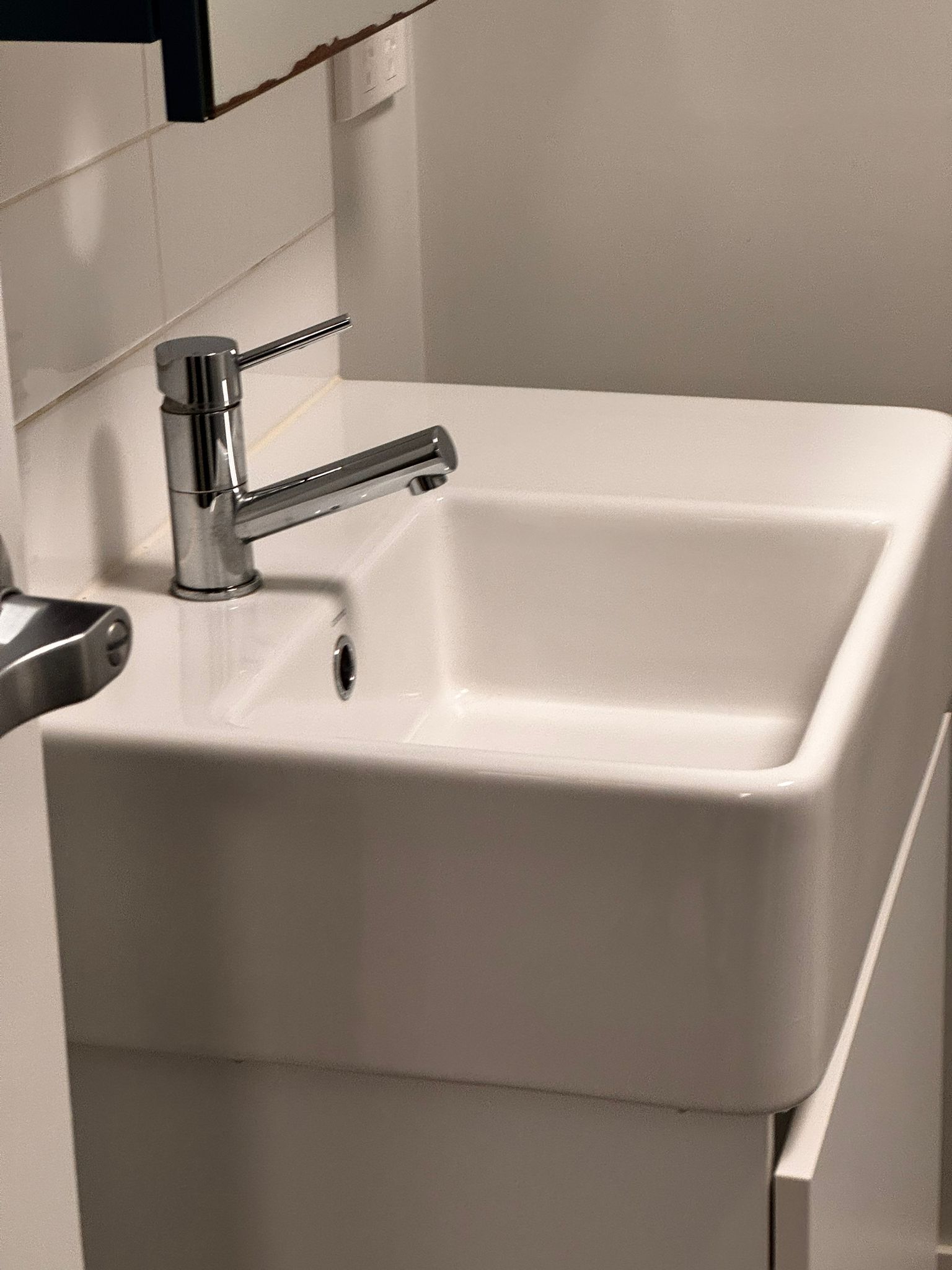Composting is brilliant for the planet—but not when your kitchen smells like last week’s salad. The fix isn’t complicated: a few habit tweaks, the right carbon-to-nitrogen balance, and a quick cleaning routine will keep your compost fresh and your kitchen happy. Here’s your step-by-step guide.
1) Start with the Right Setup
-
Container: Choose a countertop caddy with a tight-sealing lid. Bonus points for a removable inner bucket for easy washing.
-
Liners: Use compostable liners or newspaper to keep food from clinging to corners.
-
Filter: A replaceable charcoal filter in the lid helps trap odours (swap every 2–3 months or per manufacturer).
Internal link idea: After dialling in your bin, give the rest of the kitchen a reset with our Residential Cleaning or a seasonal Deep Cleaning.
2) Balance the Browns & Greens (this cuts smell the fastest)
Odour usually means too many “greens” (wet, nitrogen-rich scraps). Balance them with “browns” (dry, carbon-rich materials).
-
Greens: fruit/veg scraps, coffee grounds, tea leaves, fresh grass
-
Browns: shredded paper/cardboard, dry leaves, paper towels, sawdust (untreated)
Rule of thumb: Aim for 2–3 parts browns to 1 part greens by volume in your indoor bin. Each time you add wet scraps, top with a handful of browns to absorb moisture and neutralise smells.
Internal link idea: Pair this with our quick routine in Speed Cleaning Checklist so your kitchen stays tidy while you compost.
3) What to Add (and Avoid) Indoors
Add:
-
Veg peels, cores, coffee grounds + paper filters, tea leaves (no staples), crushed eggshells (odour-free and adds calcium), small amounts of bread/pasta.
Avoid (indoors):
-
Meat, fish, dairy, oily foods (they smell and attract pests).
-
Glossy/coated paper, tea bags with plastic mesh, citrus peels in huge quantities.
Tip: If you want to compost occasional onion/garlic or citrus scraps, mix with extra browns immediately.
4) Prep Scraps to Prevent Smell
-
Drain wet scraps (like melon rinds) before adding.
-
Freeze stinky bits (broccoli stalks, seafood shells if you compost them outdoors) and transfer to the outdoor pile on collection day.
-
Chop larger pieces to speed breakdown and reduce lingering smells.
5) Daily Routine: Layer, Vent, Empty
-
Layer: Add a small handful of browns after each deposit.
-
Vent: Open the lid for 10–20 seconds after adding browns; odours dissipate as moisture is absorbed.
-
Empty: Take the caddy to your outdoor pile or council green bin every 1–2 days (daily in hot, humid weather).
Internal link idea: Keep your sink and counters crumb-free with our Recurring Cleaning so composting never feels messy.
6) Clean the Bin Properly (fast, safe, and effective)
After each empty:
-
Rinse the inner bucket with hot water, then wipe dry.
Once a week (2–3 minutes):
-
Wash with warm water + a drop of pH-neutral dish soap.
-
Sprinkle baking soda, scrub lightly, rinse.
-
Mist with 3% hydrogen peroxide or diluted white vinegar (never mix vinegar with bleach); let sit 2–3 minutes.
-
Rinse and air-dry fully before relining.
Monthly:
-
Deep clean lid creases, handle joints, and filter slot. Replace charcoal filter if saturated.
7) Natural Deodorising Boosters
-
Dry browns jar: Keep a jar of shredded paper or coco coir beside the bin—shake a spoonful in with each addition.
-
Baking soda sachet: Slip a small breathable sachet under the lid (replace monthly).
-
Coffee grounds layer: A thin layer over today’s scraps can mask transient smells.
-
Citrus peel ring: A few thin dry peels add a fresh note (don’t overdo it).
8) Outdoor Transfer & Seasonal Tips
-
Bury kitchen scraps in the centre of your outdoor pile and cover with browns.
-
Aerate weekly; oxygen limits anaerobic odours.
-
Summer: Empty the indoor bin daily, store it out of direct sun, and add extra browns.
-
Winter: Odours are lower—extend empties to every 2–3 days, but maintain the weekly clean.
Internal link idea: Moving house or finishing a reno? Our Move-In/Move-Out Cleaning and Post-Construction Cleaning get spaces fresh so composting fits right in.
Troubleshooting: Why Does My Compost Bin Still Smell?
-
Too wet? Add more browns, leave the lid cracked for 1–2 minutes after layering.
-
Sticky liner? Double-line with newspaper or switch brands.
-
Gnat/fruit flies? Freeze fruit scraps; keep the brown “cap” thicker; wipe the rim daily.
-
Lid crevices grimy? Toothbrush + baking soda paste, then rinse and dry thoroughly.
-
Washed but still smelly? Soak 10 minutes in warm water + a tablespoon of oxygen bleach, rinse, sun-dry.
Quick Checklist (copy/paste)
-
☐ Tight-lid caddy with removable bucket
-
☐ Compostable liners or newspaper
-
☐ Jar of browns (shredded paper/leaves) next to bin
-
☐ Daily: add browns cap, vent briefly, wipe rim
-
☐ Empty every 1–2 days (daily in summer)
-
☐ Weekly wash + peroxide/vinegar mist; dry fully
-
☐ Charcoal filter change every 2–3 months
Internal link idea: See how we keep kitchens fresh while you focus on greener habits on About, or request a quote via Contact. Check coverage on Service Areas.
FAQs
Do I need to disinfect the bin every time?
No—weekly is usually enough. Rinse after emptying and keep it dry between uses.
Can I compost cooked food indoors?
Small amounts are fine if you balance with extra browns and empty promptly. For larger volumes, send them to an outdoor pile.
What’s the fastest way to stop a smell right now?
Add a thick brown layer (shredded paper), sprinkle baking soda, vent for 30 seconds, then close the lid and empty the bin at the next chance.


 Blog
Blog